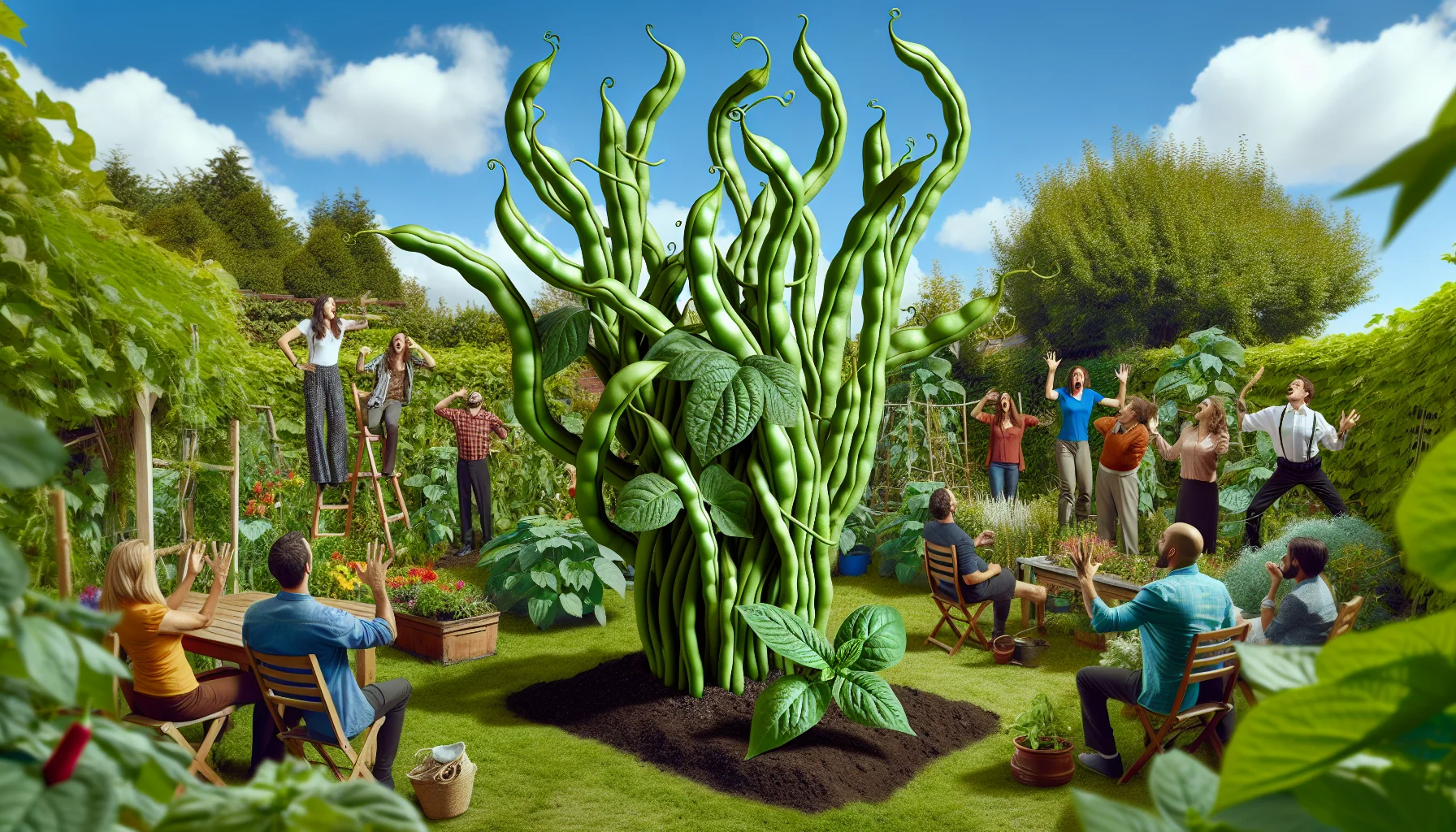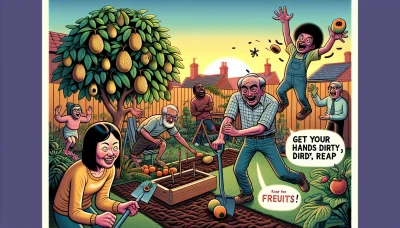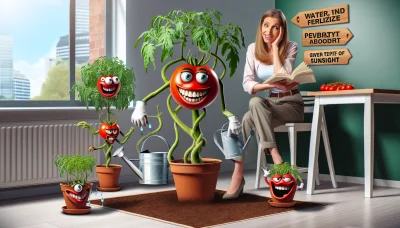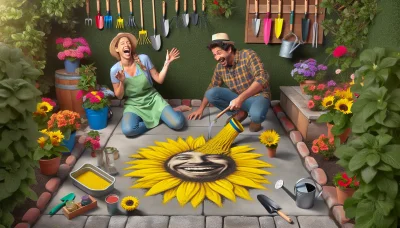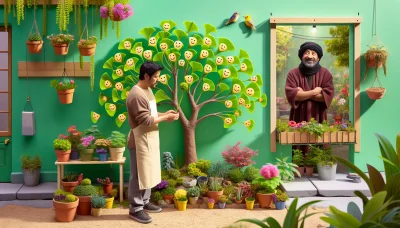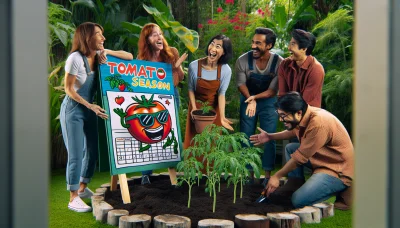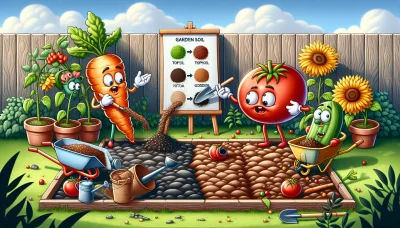Trim green beans Quiz
Test Your Knowledge
Question of
The Basics of Trimming Green Beans
Trimming green beans is an essential step in gardening that should not be overlooked. This process involves removing the ends of the beans, which can be tough and fibrous, making the beans more palatable and easier to cook. Additionally, trimming helps to improve the overall health of the plant by encouraging new growth and allowing for better air circulation around the beans. This careful maintenance can lead to a more bountiful harvest, ensuring that gardeners can enjoy a plentiful supply of green beans throughout the growing season. The benefits of trimming extend beyond the garden, as well-prepared beans are more enjoyable to eat, leading to less waste and more nutritious meals.
When to Trim Green Beans
The best time to trim green beans for optimal growth and yield is just before they reach maturity. This typically means trimming them back slightly when they are about halfway to their full size. This practice encourages the plant to branch out more, potentially leading to a higher yield. Additionally, any trimming should be done with clean, sharp scissors or pruning shears to prevent damage to the plant. Always ensure to only remove the tips or any damaged parts of the plant to avoid stunting its growth. Regularly checking your green beans and performing timely trims can significantly enhance their growth and productivity.
Tools Needed for Trimming Green Beans
- Kitchen Shears: Ideal for snipping off the ends of the beans quickly and efficiently.
- Sharp Knife: A sharp chef's knife can be used for precisely trimming the ends of green beans on a cutting board.
- Cutting Board: Provides a stable surface for trimming green beans and protects your countertops.
- Colander: Useful for rinsing the green beans before and after trimming to ensure they are clean.
- Vegetable Peeler: Can be used for peeling any blemished spots on the green beans, although not commonly necessary for trimming.
Step-by-Step Guide to Trimming Green Beans
- Wash the green beans thoroughly under cold running water to remove any dirt or debris.
- Pat the green beans dry with a clean kitchen towel or paper towels to remove excess moisture.
- Gather a small bundle of green beans, aligning their ends together.
- Using a sharp knife, cut off the stem ends of the beans in one smooth motion. You can trim both ends or just the stem end, depending on your preference.
- If desired, cut the beans into smaller pieces or leave them whole for your recipe.
- Repeat the process with the remaining green beans, working in small batches for consistent results.
- Once all the green beans are trimmed, they're ready to be cooked or used in your recipe.
Common Mistakes to Avoid When Trimming Green Beans
Trimming green beans is a straightforward task, yet many gardeners fall into simple traps that can affect the quality and taste of their beans. One common mistake is trimming the beans too early or too late. Ideally, beans should be trimmed when they are young and tender for the best texture and flavor. Another frequent error is using dull scissors or knives, which can crush the bean ends rather than cutting them cleanly. This not only affects the appearance but can also lead to quicker spoilage. Additionally, some gardeners forget to remove the strings along the sides of the beans, which can make them tough to chew. To avoid these pitfalls, always use sharp tools, check for strings, and time your trimming carefully to ensure your green beans are delicious and enjoyable.
Benefits of Regularly Trimming Green Beans
Regularly trimming green bean plants can significantly enhance their health and productivity. This practice encourages the plants to focus their energy on producing more beans rather than sustaining unnecessary foliage. Additionally, it improves air circulation and sunlight exposure among the leaves, reducing the risk of fungal diseases. By carefully removing overgrown or damaged parts, gardeners can also ensure that nutrients are more efficiently directed towards the development of healthy beans. Overall, regular trimming is a simple yet effective way to increase both the quantity and quality of your green bean harvest.
FAQs on Trimming Green Beans
| Frequently Asked Questions | Answers |
|---|---|
| Do I need to wash green beans before trimming? | Yes, it's recommended to wash green beans thoroughly under cold water before trimming to remove any dirt or residue. |
| How do I trim green beans efficiently? | Line up the green beans by their ends, then use a sharp knife to cut off the stem ends all at once. You can leave the tail ends or trim them as well, according to preference. |
| Should I trim both ends of a green bean? | It's necessary to trim the stem end, which is tough to eat. Trimming the tail end is optional and based on personal preference. |
| Can I use kitchen scissors to trim green beans? | Yes, kitchen scissors are a great tool for trimming green beans. They can be easier and safer to use than a knife, especially for large batches. |
| Is there a way to trim green beans without wasting any part? | Trimming green beans typically involves removing the stem end, which is generally not eaten. To minimize waste, trim as close to the stem end as possible. |
